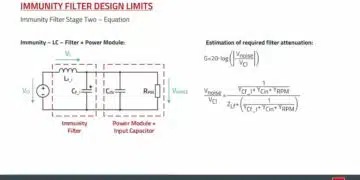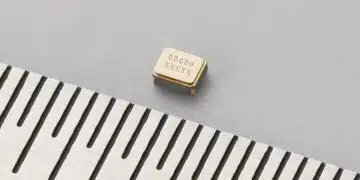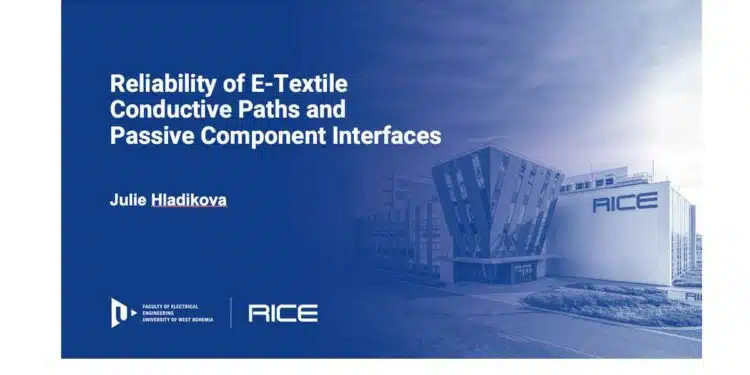The paper “Reliability of E-Textile Conductive Paths and Passive Component Interfaces” was presented by Julie Hladikova, University of West Bohemia, Pilsen, Czech Republic at the 5th PCNS Passive Components Networking Symposium 9-12th September 2025, Seville, Spain as paper No. 4.2.
Introduction
E-textiles, or electronic textiles, are an emerging technology that integrates electronic functionality directly into fabrics.
They are increasingly used in healthcare, telemedicine, sportswear, wellness, personal protective gear, and military systems. Applications include sensors for monitoring respiration, heart activity, and edema, as well as textile-based heating elements and flexible interconnections.
Unlike traditional electronics, e-textiles must remain flexible, washable, and comfortable while maintaining reliable performance. To achieve this, conductive materials like silver-coated microwire ribbons are used, and passive components such as SMD resistors are often attached using UV-curable adhesives to avoid heat damage from soldering.
Key Points
- E-textiles face environmental stresses: perspiration, mechanical wear, repeated washing, moisture, and temperature changes.
- Conductive ribbons were tested in four configurations: no protection, basic UV-encapsulation, additional protection with iron-on textile tape, and insulated ribbons.
- Washing tests followed EN ISO 6330, with 30 cycles total, and resistance was measured using a four-point probe.
- Insulated ribbons performed the worst, showing the highest resistance increase.
- Basic UV-curable adhesive encapsulation provided the most stable results.
- Additional protection with textile tape did not improve results significantly and sometimes trapped moisture.
Extended Summary
This study investigates the reliability of stretchable conductive textile ribbons and their interfaces with SMD resistors when exposed to repeated washing cycles. Two ribbon types were evaluated: uninsulated silver-coated copper microwires and polyurethane-insulated microwires. Four sample groups were prepared, each with SMD resistors mounted via UV-curable adhesive. The groups varied by protection strategy: unprotected, basic encapsulation, encapsulation with textile tape, and insulated ribbons where the insulation was laser-stripped for component mounting.
Samples were subjected to machine washing according to EN ISO 6330 using standardized SDCE ECE detergent at 40 ± 3 °C. Each sample underwent six washing cycles of five washes each, for a total of 30 washes. After each cycle, samples were dried at 40 °C and 20% RH for 48 hours before their electrical resistance was measured using a four-point probe.
The results revealed that protection type critically affects the long-term stability of electrical resistance. The insulated ribbon group performed unexpectedly poorly, showing a consistent and significant rise in resistance. This behavior is likely due to surface inconsistencies from laser stripping and moisture trapped under the insulation, accelerating contact degradation. Unprotected samples also degraded but less severely. Basic protection using UV-curable adhesive initially increased resistance but subsequently stabilized, suggesting that the cured adhesive effectively sealed the component interface against further moisture ingress. Additional protection with textile tape caused gradual resistance increases, likely from microleakage and moisture accumulation under the tape.
In a secondary experiment with ribbon-only samples, similar trends were observed. Uninsulated ribbons demonstrated the most stable resistance, while insulated ribbons showed the steepest rise in resistance. Ribbons with added tape showed intermediate performance, gradually increasing in resistance over time.
Conclusion
The study concludes that the reliability of washable e-textiles depends strongly on the chosen protection method. Minimal but effective encapsulation using UV-curable adhesive provides the best balance of simplicity and durability. Overly complex or insulating strategies can inadvertently trap moisture or introduce weak points, reducing long-term stability. Among the tested configurations, uninsulated ribbons with basic UV encapsulation offered the most stable resistance performance, while insulated ribbons were the least reliable. Future work will focus on improving encapsulation design and insulation processing to enhance the durability of e-textile systems under real-world conditions.




























